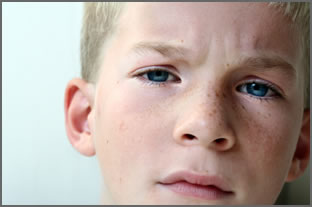 The signs of depression in infants are often screaming, restlessness, and weeping attacks for no clear reason. Preschool children may behave irritably and aggressively, while schoolchildren may be listless and apathetic.Â
The signs of depression in infants are often screaming, restlessness, and weeping attacks for no clear reason. Preschool children may behave irritably and aggressively, while schoolchildren may be listless and apathetic.Â
The symptoms in adolescents become similar to those in adults. It is thought that up to 3.5% of children and 9% of adolescents in industrial countries are depressive. In particular, the risk of depression increases from the age of 12. In a third of minors, the depressive symptoms subside within three months. However, in 80% of those affected, the symptoms may reappear and become chronic. Mehler-Wex and Kölch emphasize that psychotherapy and psychosocial therapy are mostly necessary. The antidepressive fluoxetine can also be used. Patients with a severe clinical course, a difficult family background or suicidal tendencies may have to be admitted to hospital.
Depressive minors often exhibit other psychological abnormalities. Thus, anxiety disorders and disorders in social behavior occur widely, followed by substance abuse and aggression.
The causes of depression are multifactorial. The decisive factors include hereditary, personality and environmental factors, particularly in early youth.
Source:http://www.aerzteblatt.de
